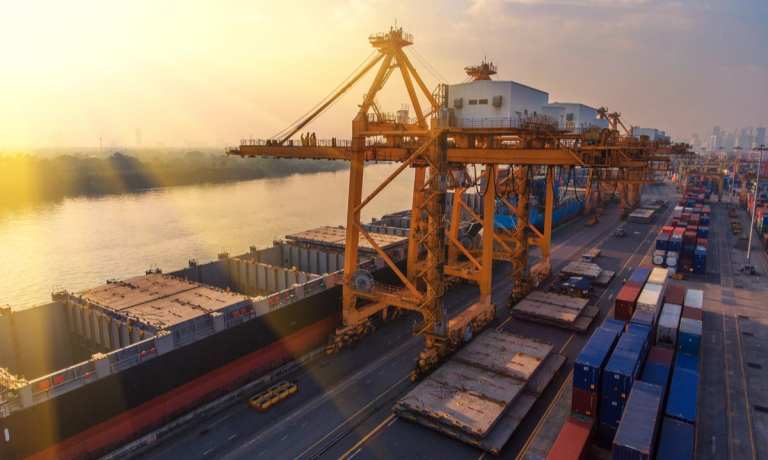
Forget the last mile. In the European Union, every mile is contested lately. The continent’s supply chain, already under pressure and now cracking with the attempt to get the COVID-19 vaccine distributed, is becoming so disrupted it has pushed up the price of consumer goods. According to reports, everything from home furnishings, bicycles and sports gear to children’s toys and dried fruits is getting more expensive as a dearth of empty containers in China has quadrupled prices on sea trade routes to Europe in the space of eight weeks.
The hit, according to Peter Sand, an analyst at international shipping association Bimco, has come harder for small importers and retailers rather than the Tesco, Walmart and Ikea-sized businesses, as they ship so much product that they get priority among shippers. Medium-sized and small companies have not been so lucky, as a recent survey shows 77 percent reporting supply chain difficulties over the last six months.
Helen White, co-founder of U.K.-based home furnishing group Houseof, said the company would not make any profit on goods shipped since December because the rates are just so high.
“It’s a nightmare. Not only are prices going up, but it’s hard to get a container even if you are willing to pay $10,000,” she said.
Hit hard by the situation, the European Association for Forwarding, Transport, Logistics and Customs Services and the European Shippers’ Council has written to the European Commission seeking relief, warning that the combined factors of late deliveries and increased prices put the supply chain remaining operational at risk. The response from the commission has been slow — though it acknowledges the price spike, it is unclear what is causing it to occur or if regulatory intervention is warranted.
“In the current situation, many factors could be at the origin of the price hikes, such as fluctuating high demand, port congestion, and shortage of containers, in markets which are intertwined at worldwide level,” the Commission said. “We are discussing with market participants to fully understand the current circumstances, and consider ways forward.”
The situation is further complicated by eccentricities and accelerated demands in certain markets. Critical goods — medical and pharmaceutical products — have struggled to keep pace with global demand since the beginning of the pandemic, and some experts have argued that global production networks for those goods went into the crisis lacking necessary resilience.
According to a report by the European Parliament’s Committee on the Environment, Public Health and Food Safety, pharmaceutical product shortages in the EU rose 20-fold between 2000 and 2018, 12-fold since 2008. A separate study by the Organisation for Economic Co-operation and Development (OECD) found shortages in 14 member countries were continuing to grow — up 60 percent between 2017 and 2019. Medicines for cancer treatments, heart disease, nervous-system disorders and hypertension, as well as antibiotics and vaccines, were particularly affected.
The causes for these shortages and pre-existing supply chain troubles are complex, but what they all have in common is leveraging globalized and decentralized production networks. Gloves, to take a simple example, are mostly manufactured in Malaysia, while antibiotics and analgesics are mostly made in China or India. The COVID-19 vaccine will not run into that particular leg of the supply chain issue, as it is being manufactured at present in the United States — but it enters the market hot and displaces a lot of logistical capability that was already tightly stretched. That means both that COVID-19 vaccine distribution will be slowed down, and that the rest of the ecosystem will face even sharper supply strain constraints than it already has.
As for solutions, most agree that rebalancing supply chains with more stockpiling and more diverse distribution chains to avoid shortfalls and bottlenecks is a proper starting point. A slightly more radical and less popular idea that involves reshoring critical medical production back to the EU to increase a more secure supply has also been discussed but remains controversial.
But what is increasingly agreed on is that a step is needed, even if what the next one will be remains up in the air. Because in the EU the supply chain isn’t moving — creating a world where not only consumer goods but critical medical gear is getting stuck.